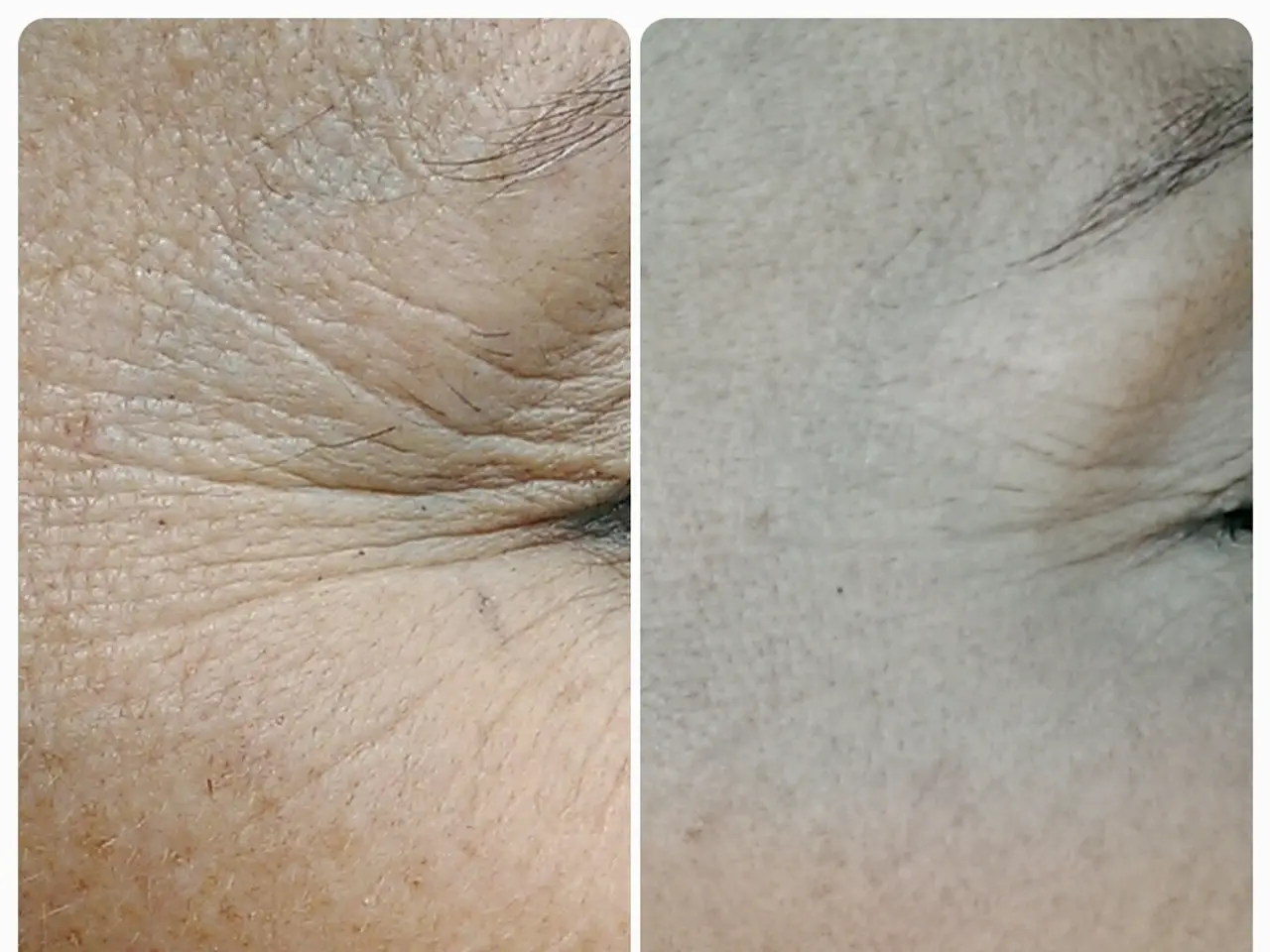Scientists 3D Print Skin with Blood Vessels, Advancing Transplants
Scientists from Germany and Sweden are making strides in 3D printing skin with blood vessels, paving the way for advanced skin transplants. Two new techniques, developed by researchers from Fraunhofer IGB, University of Freiburg, and Linköping University, aim to overcome challenges in creating functional skin layers.
The first method, from Linköping University, uses a 'skin in a syringe' approach. A cell-laden gel containing fibroblasts is extruded through a 3D printer nozzle. These fibroblasts produce essential dermal ingredients like collagen, elastin, and hyaluronic acid, promoting tissue growth. In mouse models, this gel has successfully generated new blood vessels.
The second technique, developed by researchers in Germany, involves printing hydrogel threads to create channels that can develop into blood vessels. This method, combined with the 'skin in a syringe' technology, could create a fully functional artificial dermis, complete with blood vessels, nerves, and hair follicles. Bioprinting aims to produce tissues and organs on demand, but creating blood vessel networks has been a significant challenge until now.
While these advancements show great promise, translating them into clinical use will be a lengthy and uncertain process. However, these innovative 3D printing techniques bring us one step closer to revolutionising skin transplants and potentially transforming the field of regenerative medicine.





